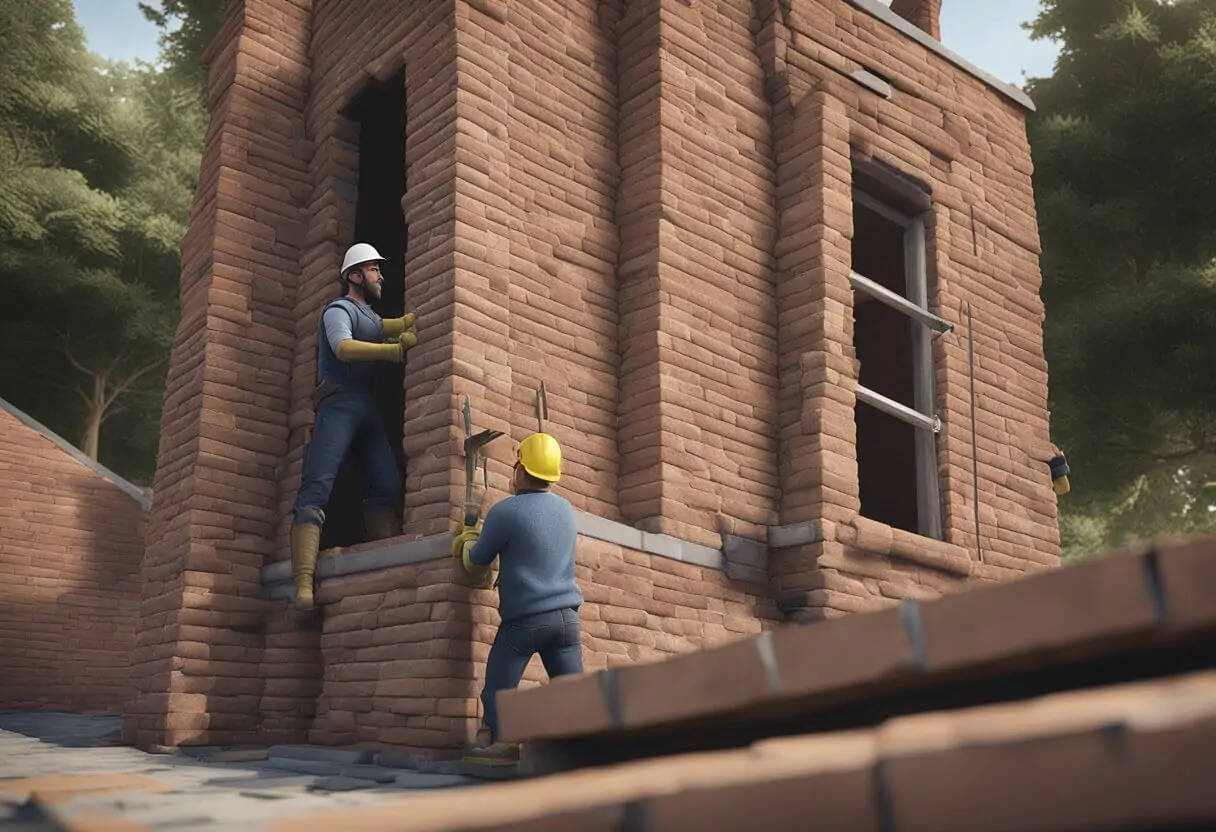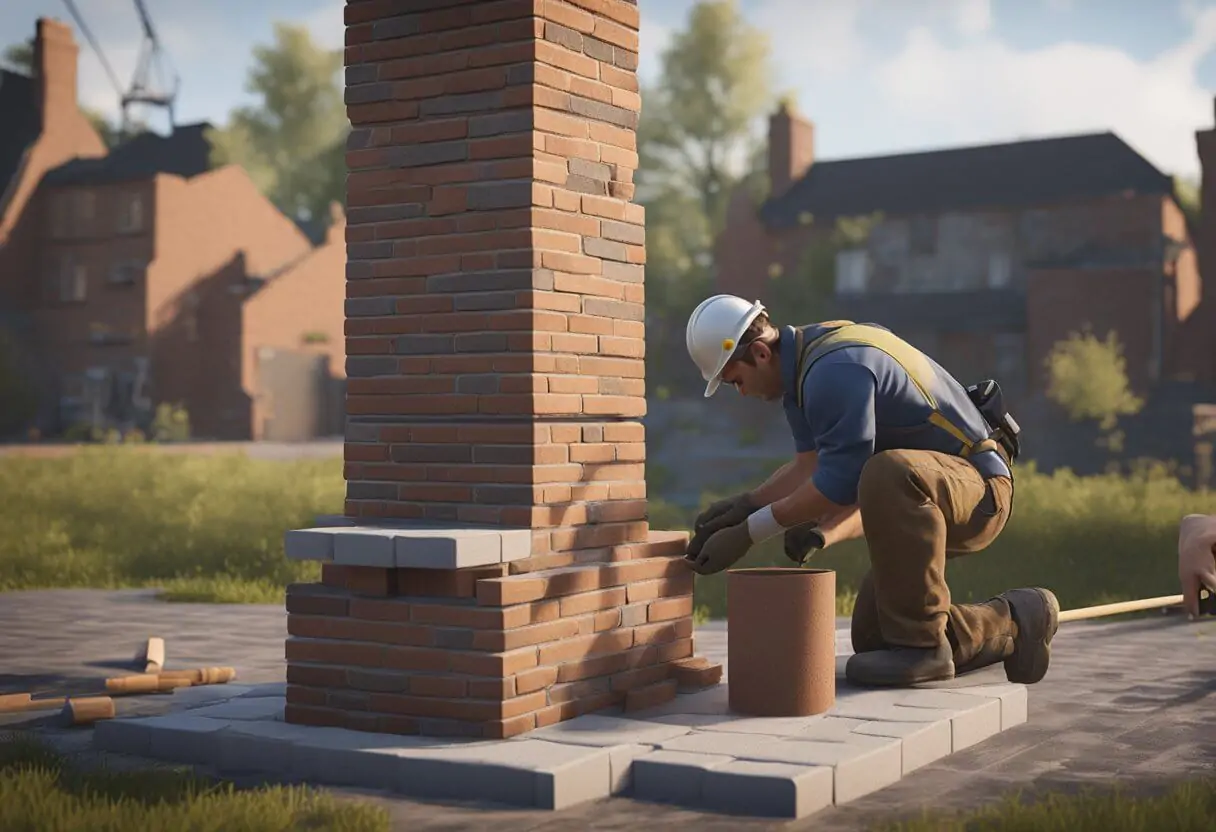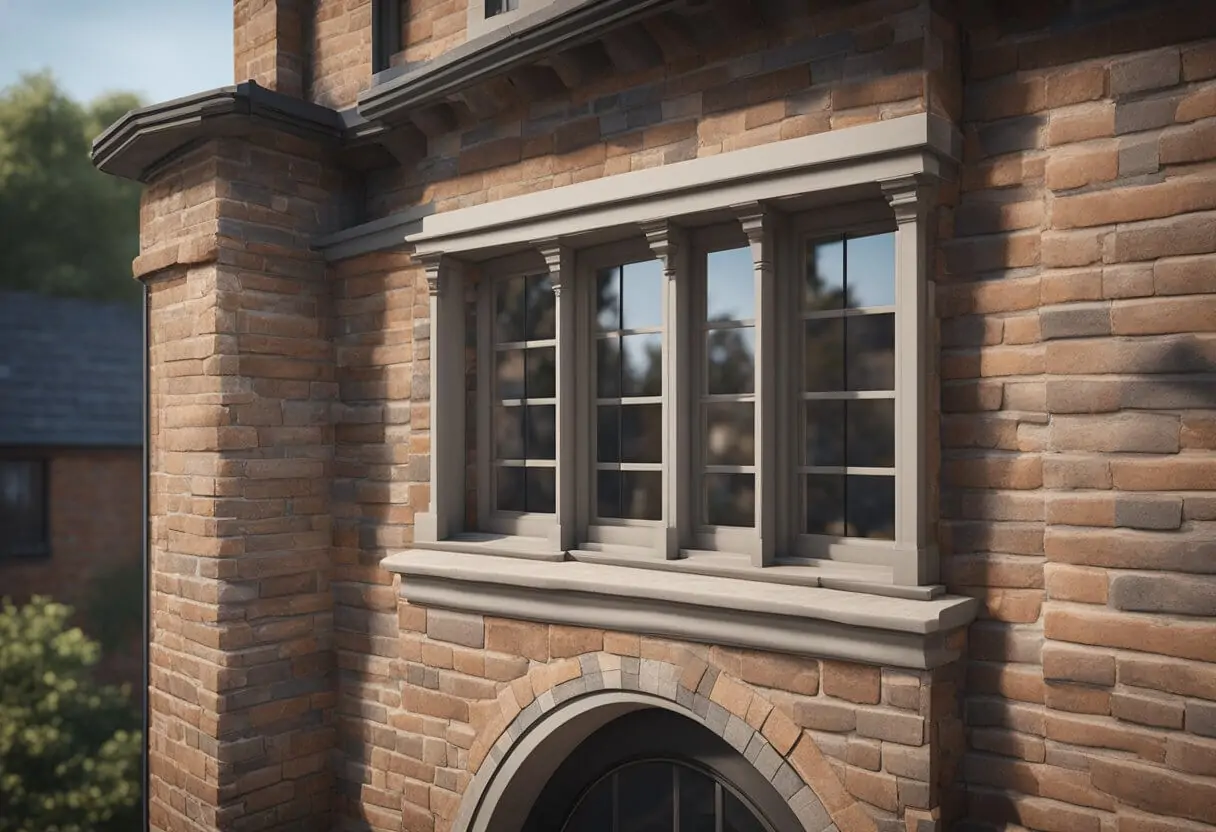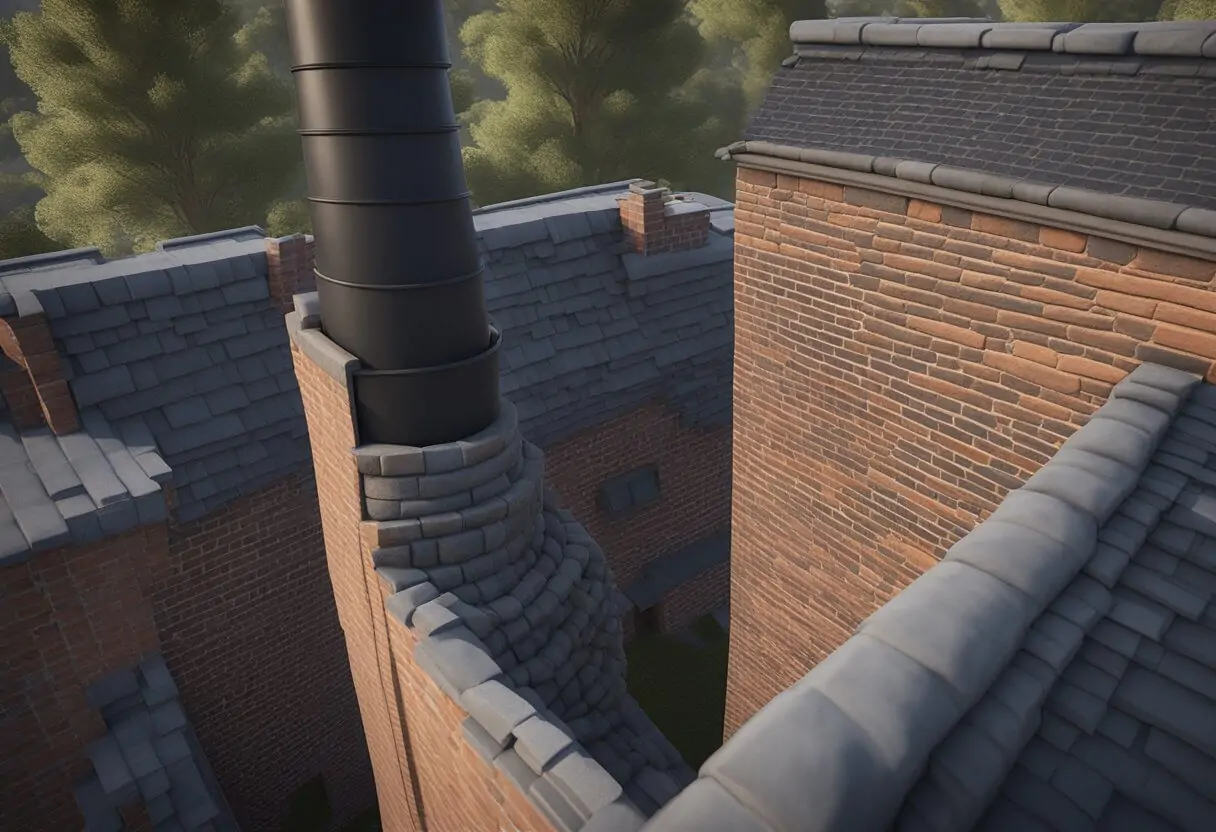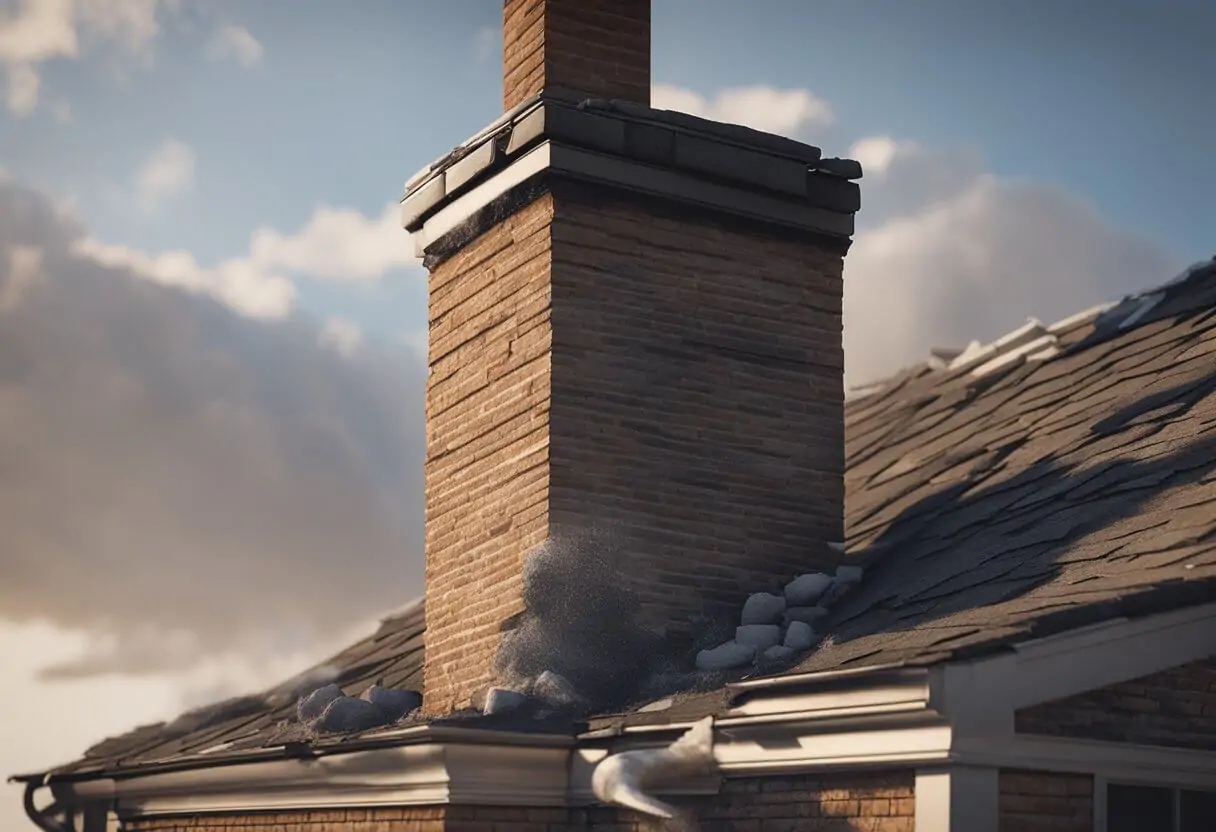Introduction
Tuckpointing is a vital chimney maintenance technique that every homeowner should know about. Over time, the mortar that holds bricks together in a chimney can wear down due to weather and other external factors. Without proper maintenance, this can lead to structural issues, and water may infiltrate the home, causing further damage. Tuckpointing is the process of repairing the mortar, ensuring a tight seal, and keeping the chimney’s structure sound.
As chimneys age, they are prone to mortar degradation, which can lead to loosening bricks and a compromised structure. Homeowners need to assess their chimneys periodically for any signs of deterioration. Repairing a chimney promptly can prevent extensive damage and save homeowners from costly repairs in the future. It’s essential to understand the process of tuckpointing to appreciate why professional services are often recommended for this intricate task.
Key Takeaways
- Tuckpointing is a crucial maintenance task to protect brick chimneys from deterioration.
- Regular assessments of chimney mortar and brick integrity are necessary for home safety.
- Professional tuckpointing services provide durable repairs, ensuring the longevity of the chimney.
Preparation and Execution
Properly executing tuckpointing involves setting up a safe work environment, meticulously removing old mortar, and applying new mortar with precision. These steps ensure the integrity of the chimney repair.
Setting Up the Work Area
Before starting tuckpointing, one must create a safe and clear workspace. They should lay down drop cloths to protect the surrounding areas from debris. It’s critical to wear appropriate safety gear, like gloves, goggles, and a dust mask, to prevent injury from mortar dust and particles.
Removing Deteriorated Mortar
The removal of deteriorated mortar is a delicate process that requires precision and care. Homeowners should use tools like a hammer and chisel or a specialized angle grinder to carefully remove the old mortar without damaging the bricks. They’ll need to work on cracks and areas where the mortar has worn away, ensuring that they remove enough of the old mortar to allow for a good bond with the fresh mortar.
Applying New Mortar and Finishing
After clearing out the old mortar, it’s time to apply the fresh mortar. The new mortar should match the original mortar’s color and composition to maintain the chimney’s appearance and structural integrity. One uses trowels and pointing tools for tooling and finishing, shaping the mortar joints neatly and compactly. The mortar then requires time to cure, typically taking several days before the chimney is fully set and ready for use.
Professional Tuckpointing Services
Hiring professionals for tuckpointing services can ensure quality repairs that are crucial for the structural integrity and longevity of your chimney. These experts possess the experience and certification required to assess and address specific masonry issues effectively. They bring a wealth of knowledge to each project, using their expertise to prevent water infiltration and enhance the appearance of your home’s brickwork.
When to Hire a Professional
An individual should consider hiring a professional for tuckpointing when signs of mortar wear are visible, such as cracking, crumbling, or when moisture issues become apparent. These professionals have a keen eye for detail and experience in identifying problems that might not be obvious to the homeowner. It is important to address these issues promptly, as delaying repairs can lead to more extensive damage and higher repair costs.
Selecting the Right Contractor
When looking for a certified tuckpointing contractor, one should scrutinize their reputation and past work. A reliable contractor will have a portfolio of completed projects and should be willing to provide references upon request. It is important to ensure that they are licensed and insured, providing peace of mind that they adhere to industry standards and regulations. Evaluating their experience and past customer reviews can guide homeowners to make an informed decision.
Understanding the Costs
The cost of professional tuckpointing services varies, influenced by factors such as the extent of damage, property size, and the location of the repair. Providing an itemized breakdown, professionals typically charge based on the project’s complexity and the materials required. Homeowners should obtain detailed quotes from multiple contractors to compare pricing and services, ensuring that they receive value for money without compromising on the quality of repair.
Maintaining Your Chimney Post-Tuckpointing
After tuckpointing has been performed, the chimney’s longevity largely depends on a homeowner’s commitment to consistent maintenance and care. Regular checks and cleaning significantly contribute to the structure’s durability, while timely repairs and protective measures prevent future damage.
Regular Inspections and Cleaning
A well-maintained chimney following tuckpointing should be inspected at least once a year. A professional chimney sweep is essential to this process, as they have the tools and knowledge to spot any potential issues. During inspections, the focus should be on ensuring that the ventilation system is clear, thereby preventing dangerous fumes from entering the home.
- Annual Inspection Checklist:
- Check for physical damage
- Verify the mortar’s condition
- Ensure the cap and crown are intact
- Assess the flue liner for cracks or deterioration
After the inspection, cleaning should be carried out. A thorough cleaning helps in removing soot, debris, and creosote build-up, which can affect air flow and also present fire hazards.
Preventive Measures and Repairs
Post-tuckpointing, preventive measures like waterproofing the chimney can greatly protect the masonry from weather-related damage. Waterproofing agents ensure that the porous bricks do not absorb water, which can lead to freeze-thaw damage. Additionally, repairing small issues promptly can prevent larger, more costly damage over time.
- Preventive Actions:
- Apply a waterproof sealant to the exterior
- Install or replace chimney caps
- Verify and repair flashing to ensure a watertight seal between the chimney and the roof
By taking these steps, home owners help maintain the overall health and function of their chimneys, keeping their homes safe and their hearths ready for the warm, comforting fires they were designed to host.
Frequently Asked Questions
In this section, we’ll clarify common queries about the specifics of chimney tuckpointing, from understanding the intricacies of the technique to knowing when to seek professional assistance.
What is the difference between tuckpointing and repointing chimneys?
Tuckpointing involves replacing damaged mortar with new mortar and then applying a thin line, called a tuck, to mimic the look of tightly-fitted joints. Repointing, on the other hand, is simply the process of renewing the mortar joints without the additional decorative tuck line.
What is the best mortar mix for tuckpointing a chimney?
The ideal mortar mix for tuckpointing should closely match the existing mortar in hardness, composition, and color. Usually, a blend of Portland cement, lime, and sand in specific ratios is used to ensure durability and compatibility with the existing mortar.
Are there alternatives to tuckpointing for chimney repair?
Yes, alternatives to tuckpointing include sealants and specially formulated mortar patches. However, these may only provide a temporary fix and might not match the original appearance of the chimney as closely as tuckpointing.
How does one perform tuckpointing on a brick fireplace?
Tuckpointing a brick fireplace involves grinding out the old mortar to an appropriate depth, carefully applying new mortar, and finishing with a tuck line that gives the appearance of neat and even joints. Precision and attention to detail are crucial.
How often should chimney tuckpointing be done?
The frequency of tuckpointing depends on the exposure to weather, the quality of materials, and the craftsmanship of the original work. Generally, a well-maintained chimney may require tuckpointing every 20-30 years.
Can homeowners tuckpoint their chimneys, or should they hire a professional?
While some homeowners may have the skills to perform tuckpointing, it is often recommended to hire a professional. They have the expertise to match mortar, ensure structural integrity, and work safely at heights, which is essential for a long-lasting repair.

